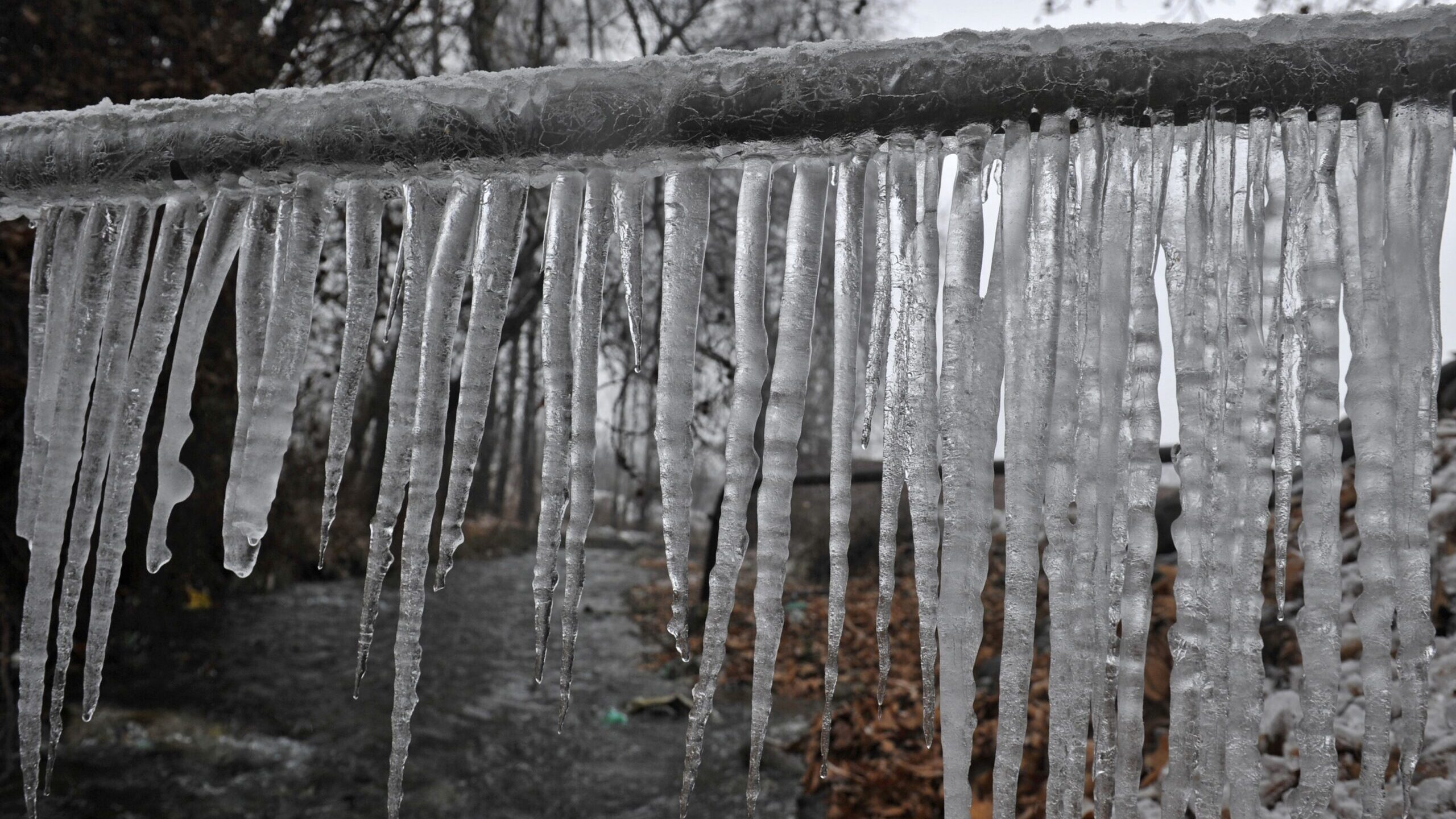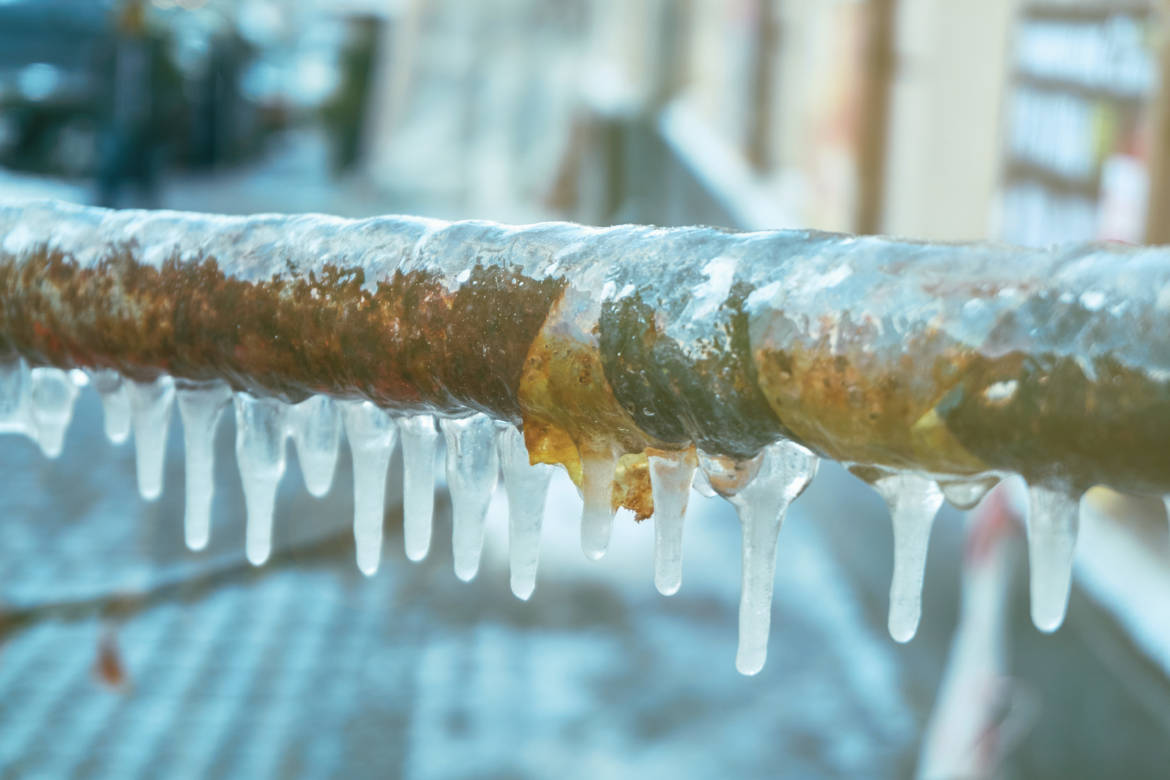Important Advice for Avoiding Frozen Pipes in Cold Weather Seasons
Important Advice for Avoiding Frozen Pipes in Cold Weather Seasons
Blog Article
Everyone may have their personal piece of advice on the subject of Preventing and dealing with frozen pipes.

Winter can ruin your pipes, especially by freezing pipes. Right here's exactly how to stop it from taking place and what to do if it does.
Introduction
As temperature levels decline, the risk of frozen pipelines boosts, possibly leading to costly fixings and water damage. Comprehending how to avoid frozen pipelines is critical for homeowners in chilly environments.
Avoidance Tips
Insulating at risk pipes
Wrap pipes in insulation sleeves or utilize heat tape to protect them from freezing temperature levels. Concentrate on pipes in unheated or external locations of the home.
Home heating methods
Maintain indoor spaces properly warmed, particularly locations with plumbing. Open up cupboard doors to permit warm air to flow around pipelines under sinks.
Exactly how to identify frozen pipelines
Look for decreased water flow from taps, uncommon odors or noises from pipes, and noticeable frost on revealed pipelines.
Long-Term Solutions
Structural adjustments
Consider rerouting pipelines far from exterior wall surfaces or unheated locations. Add added insulation to attic rooms, cellars, and crawl spaces.
Upgrading insulation
Invest in high-quality insulation for pipes, attic rooms, and wall surfaces. Proper insulation aids maintain regular temperatures and lowers the danger of icy pipes.
Shielding Outdoor Pipes
Garden tubes and outside taps
Disconnect and drain yard hoses before winter months. Install frost-proof spigots or cover exterior faucets with protected caps.
Recognizing Frozen Pipes
What creates pipelines to freeze?
Pipes ice up when exposed to temperatures below 32 ° F (0 ° C) for prolonged periods. As water inside the pipes freezes, it broadens, taxing the pipe walls and potentially triggering them to break.
Threats and damages
Frozen pipes can bring about water system disruptions, residential or commercial property damages, and pricey repairs. Burst pipes can flooding homes and trigger considerable architectural damages.
Signs of Frozen Pipes
Identifying frozen pipes early can prevent them from bursting.
What to Do If Your Pipelines Freeze
Immediate activities to take
If you believe frozen pipes, keep taps open up to soothe stress as the ice melts. Use a hairdryer or towels taken in warm water to thaw pipes gradually.
Final thought
Avoiding icy pipelines needs proactive procedures and quick actions. By understanding the causes, indicators, and safety nets, property owners can secure their pipes throughout winter.
6 Proven Ways to Prevent Frozen Pipes and Protect Your Home
Disconnect and Drain Garden Hoses
Before winter arrives, start by disconnecting your garden hoses and draining any remaining water. Close the shut-off valves that supply outdoor hose bibs and leave the outdoor faucet open to allow any residual water to drain. For extra protection, consider using faucet covers throughout the colder months. It’s also important to drain water from any sprinkler supply lines following the manufacturer’s directions.
Insulate Exposed Pipes
Insulating your pipes is an effective way to prevent freezing. Pipe insulation is readily available at home improvement stores and is relatively inexpensive. Pay close attention to pipes in unheated areas such as the attic, basement, crawl spaces, or garage. Apply foam insulation generously to create a buffer against the cold. You can also wrap your pipes in heat tape or thermostat-controlled heat cables for added warmth.
Seal Air Leaks
Inspect your home for any cracks or openings that could let in cold air. Seal any holes around the piping in interior or exterior walls, as well as the sill plates where your home rests on its foundation. Additionally, make sure to keep your garage door closed unless you’re entering or exiting. Leaving it open creates a significant air leak that can lead to frozen pipes.
Allow Warm Air Circulation
During cold snaps, it’s essential to allow warm air to circulate evenly throughout your home. Leave interior doors ajar to promote better airflow. Open kitchen and bathroom cabinets to help distribute heat consistently around the rooms. If you have small children or pets, be sure to remove any household chemicals or potentially harmful cleaners from open cabinets for safety.
Let Faucets Drip
A small trickle of water can make a big difference in preventing ice formation inside your pipes. When temperatures drop significantly, start a drip of water from all faucets served by exposed pipes. This continuous flow helps prevent the water from freezing. Additionally, running a few faucets slightly can relieve pressure inside the pipes, reducing the chances of a rupture if the water inside does freeze.
https://choateshvac.com/6-proven-ways-to-prevent-frozen-pipes-and-protect-your-home/

As an enthusiastic reader about How to Prevent Your Pipes From Freezing, I was thinking sharing that piece was a good idea. Enjoyed our entry? Please share it. Help others find it. I praise you for your time. Return soon.
Visit Our Website Report this page